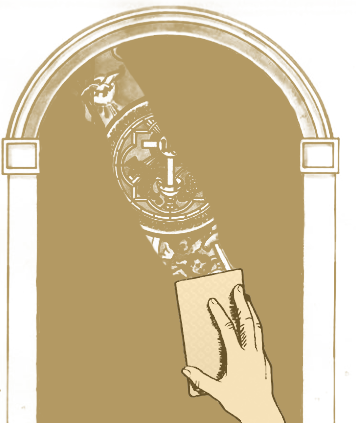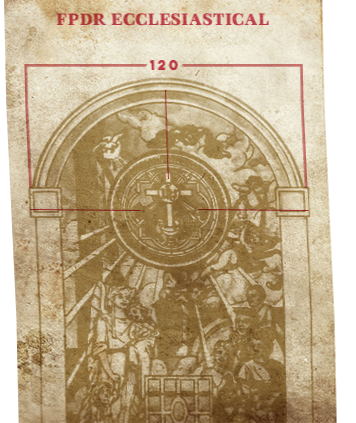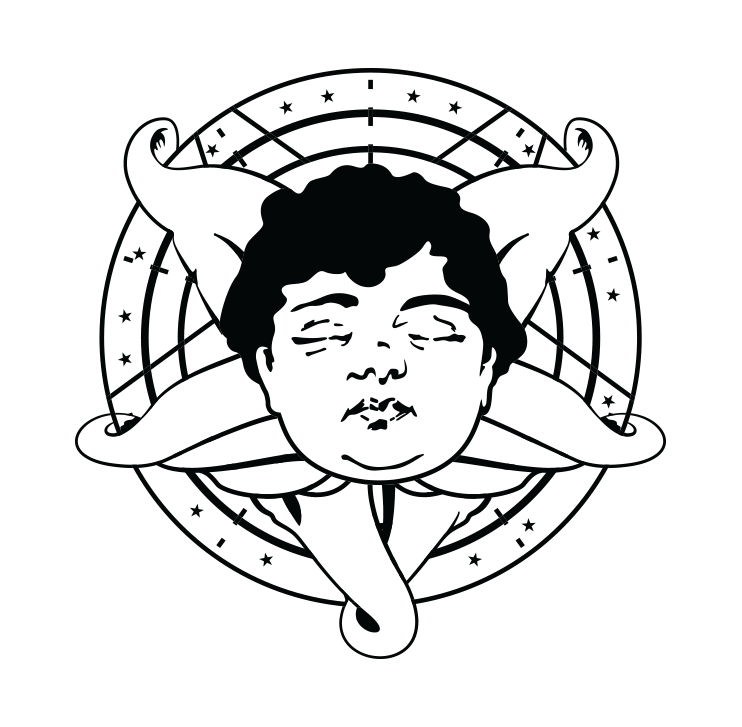
Our Process

First, the team identifies the most appropriate project. Usually, in a church doing restoration for the first time, it’s a small project. For FPDR, small projects generally are the testing ground for larger projects.
Stabilization
Second, the area that will be restored is stabilized. If there’s moisture buildup, it’s immobilized.


DEVELOP A WORKING PLAN
Third, the FPDR team develops a working plan. In diagnosing any situation, they consider ages, dates, investment of time, philosophy of the church, reasons for particular art pieces, the church’s goal. The working plan always involves timelines, details of square footage, and how the project will be completed.
RESTORATION
Fourth, the restoration activities begin. If it’s a mural that’s being uncovered and restored, then that detailed, painstaking process begins. If it’s stained glass that has been concealed or broken, then that process occurs. Pieces constructed off site, paintings restored off site; these are then installed on location.


MAINTENANCE PLAN
Sixth, a plan to maintain the newly restored art pieces is put in place. The six part process involves the church community every step of the way. With regular, detailed reports, Carlos Nunes outlines the problems, offers the processes with timelines as work is being completed.
Identify
First, the team identifies the most appropriate project. Usually, in a church doing restoration for the first time, it’s a small project. For FPDR, small projects generally are the testing ground for larger projects.

Stabilization
Second, the area that will be restored is stabilized. If there’s moisture buildup, it’s immobilized.

DEVELOP A WORKING PLAN
Third, the FPDR team develops a working plan. In diagnosing any situation, they consider ages, dates, investment of time, philosophy of the church, reasons for particular art pieces, the church’s goal. The working plan always involves timelines, details of square footage, and ‘how’ the project will be completed.

RESTORATION
Fourth, the restoration activities begin. If it’s a mural that’s being uncovered and restored, then that detailed, painstaking process begins. If it’s stained glass that has been concealed or broken, then that process occurs. Pieces constructed off site, paintings restored off site; these are then installed on location.

MAINTENANCE PLAN
Sixth, a plan to maintain the newly restored art pieces is put in place. The six part process involves the church community every step of the way. With regular, detailed reports, Carlos Nunes outlines the problems, offers the processes with timelines as work is being completed.


